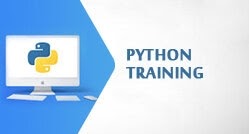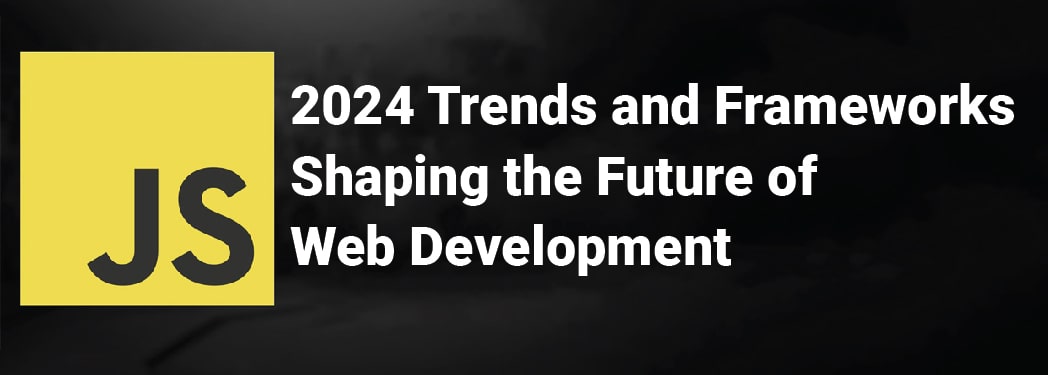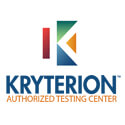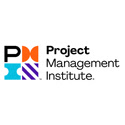Rust in 2024: Why It’s the Most Loved Programming Language
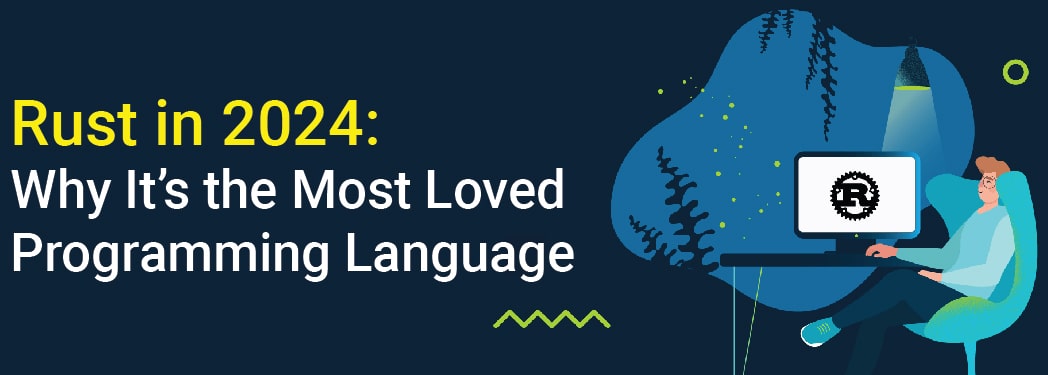
As we navigate through the digital age, the quest for robust, efficient, and safe programming languages has led developers and corporations alike to a unanimous favourite in 2024: Rust. Lauded for its unparalleled safety features, impressive performance, and a supportive community that’s second to none, Rust in 2024 has carved out a niche that transcends coding paradigms and industry verticals.
Let’s delve into the attributes that not only make Rust the most loved programming language of the year but also a cornerstone for future technological innovations.
The Zen of Rust in 2024: Safety and Performance Hand in Hand
At the heart of Rust’s philosophy lies a profound commitment to memory safety without sacrificing performance. Unlike many languages where safety can often mean a trade-off with speed, Rust stands tall, offering blistering performance akin to that of C and C++, but with a safety net that catches data races, null pointer dereferences, and memory leaks—common pitfalls that have long plagued systems programming.
Fearless Concurrency
Concurrency in Rust is not just an afterthought; it’s woven into the very fabric of the language, enabling developers to write programs that fully leverage modern multicore processors safely and efficiently. Rust’s ownership model, along with its type system and borrowing checks, ensures that concurrency nightmares, often associated with other systems programming languages, are a thing of the past. This makes Rust an ideal choice for building high-performance, scalable applications, from operating systems to game engines.
A Vibrant, Inclusive Community
Beyond the technical prowess, what sets Rust apart is its vibrant community. From the onset, Rust has fostered an inclusive, welcoming environment for developers of all backgrounds and skill levels. The Rust community is renowned for its active involvement in mentoring, documentation, and an open-source ecosystem that’s rich with libraries and tools. This sense of belonging and support has been instrumental in Rust’s rise to prominence, making it not just a language to work with, but a community to grow with.
Rust’s Ecosystem: Rich, Extensive, and Evolving
Rust’s ecosystem is a treasure trove of libraries, frameworks, and tools that cater to a wide array of development needs. From web development with Rocket and Actix to game development with Amethyst, Rust provides well-maintained crates (Rust’s term for packages) that integrate seamlessly into projects. Moreover, Cargo, Rust’s package manager and build system, simplifies dependency management, making the development process as painless as possible.
Industry Adoption: From Startups to Tech Giants
Rust’s practicality is not just theoretical. Its adoption by industry giants such as Microsoft, Google, and Facebook for critical infrastructure projects speaks volumes about its reliability and efficiency. Startups and large enterprises alike are turning to Rust for its promise of fast, secure, and maintainable code, making it a strategic asset in the competitive technology landscape.
Conclusion: The Unstoppable Rise of Rust
Rust’s journey from a side project to the most loved programming language of 2024 is a testament to what a language can achieve when it balances performance, safety, and community right. As we look to the future, Rust’s principles of empowerment, inclusivity, and innovation hold the promise of not just shaping software development but pioneering the next wave of technological breakthroughs.
In embracing Rust, the developer community is not just choosing a language for today but investing in a technology that redefines what’s possible tomorrow. Whether you’re building the next generation of web applications, diving into the realms of systems programming, or exploring the frontiers of game development, Rust offers a foundation that’s as solid as it is revolutionary. Welcome to the era of Rust.
As we navigate through the digital age, the quest for robust, efficient, and safe programming languages has led developers and corporations alike to a unanimous favourite in 2024: Rust. Lauded for its unparalleled safety features, impressive performance, and a supportive community that’s second to none, Rust in 2024 has carved out a niche that transcends coding paradigms and industry verticals.
Let’s delve into the attributes that not only make Rust the most loved programming language of the year but also a cornerstone for future technological innovations.
The Zen of Rust in 2024: Safety and Performance Hand in Hand
At the heart of Rust’s philosophy lies a profound commitment to memory safety without sacrificing performance. Unlike many languages where safety can often mean a trade-off with speed, Rust stands tall, offering blistering performance akin to that of C and C++, but with a safety net that catches data races, null pointer dereferences, and memory leaks—common pitfalls that have long plagued systems programming.
Fearless Concurrency
Concurrency in Rust is not just an afterthought; it’s woven into the very fabric of the language, enabling developers to write programs that fully leverage modern multicore processors safely and efficiently. Rust’s ownership model, along with its type system and borrowing checks, ensures that concurrency nightmares, often associated with other systems programming languages, are a thing of the past. This makes Rust an ideal choice for building high-performance, scalable applications, from operating systems to game engines.
A Vibrant, Inclusive Community
Beyond the technical prowess, what sets Rust apart is its vibrant community. From the onset, Rust has fostered an inclusive, welcoming environment for developers of all backgrounds and skill levels. The Rust community is renowned for its active involvement in mentoring, documentation, and an open-source ecosystem that’s rich with libraries and tools. This sense of belonging and support has been instrumental in Rust’s rise to prominence, making it not just a language to work with, but a community to grow with.
Rust’s Ecosystem: Rich, Extensive, and Evolving
Rust’s ecosystem is a treasure trove of libraries, frameworks, and tools that cater to a wide array of development needs. From web development with Rocket and Actix to game development with Amethyst, Rust provides well-maintained crates (Rust’s term for packages) that integrate seamlessly into projects. Moreover, Cargo, Rust’s package manager and build system, simplifies dependency management, making the development process as painless as possible.
Industry Adoption: From Startups to Tech Giants
Rust’s practicality is not just theoretical. Its adoption by industry giants such as Microsoft, Google, and Facebook for critical infrastructure projects speaks volumes about its reliability and efficiency. Startups and large enterprises alike are turning to Rust for its promise of fast, secure, and maintainable code, making it a strategic asset in the competitive technology landscape.
Conclusion: The Unstoppable Rise of Rust
Rust’s journey from a side project to the most loved programming language of 2024 is a testament to what a language can achieve when it balances performance, safety, and community right. As we look to the future, Rust’s principles of empowerment, inclusivity, and innovation hold the promise of not just shaping software development but pioneering the next wave of technological breakthroughs.
In embracing Rust, the developer community is not just choosing a language for today but investing in a technology that redefines what’s possible tomorrow. Whether you’re building the next generation of web applications, diving into the realms of systems programming, or exploring the frontiers of game development, Rust offers a foundation that’s as solid as it is revolutionary. Welcome to the era of Rust.

